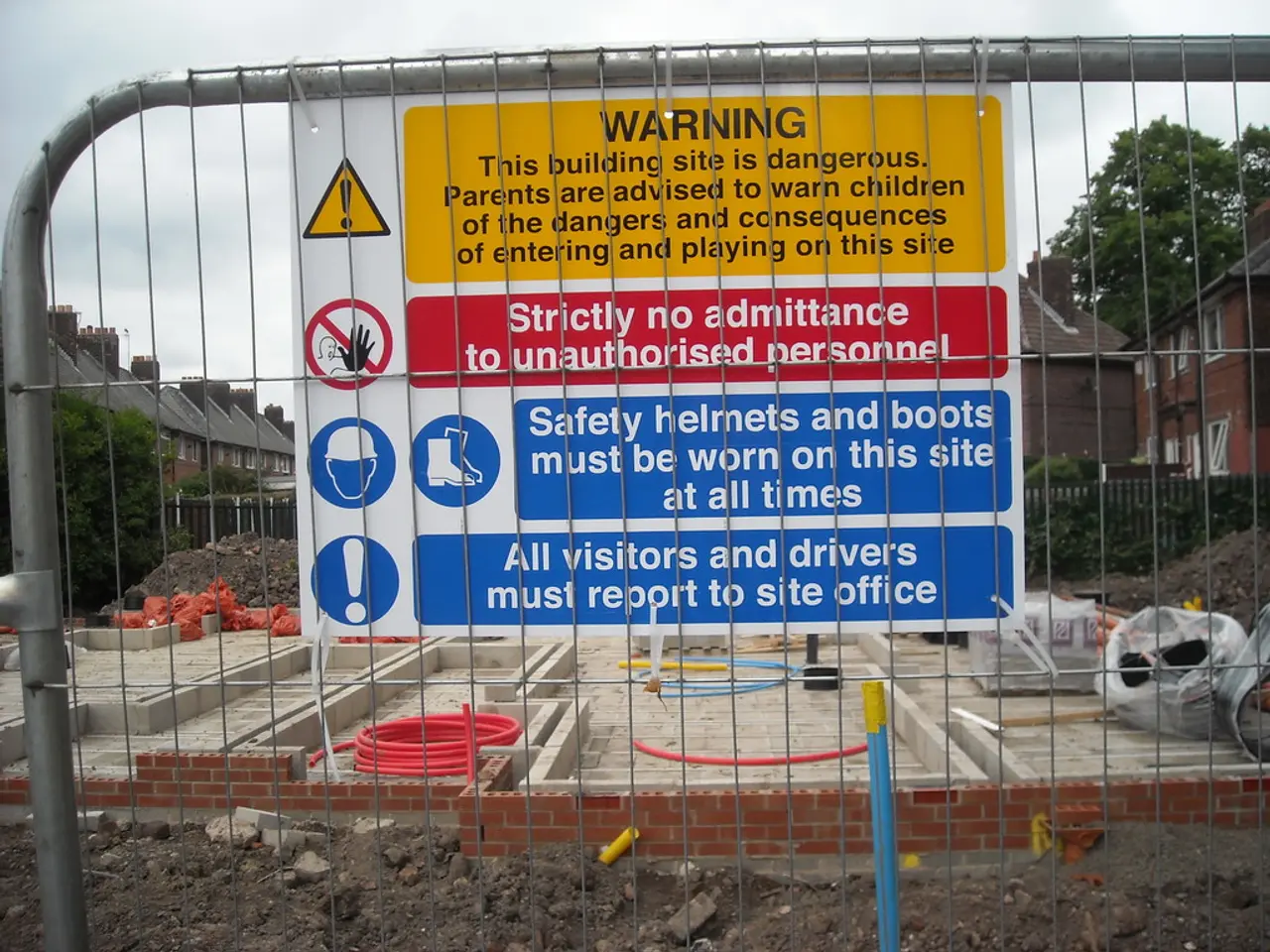Catastrophic Floods and Landslides Ravage Himachal: 192 Deaths Reported, 449 Roadways Obstructed
Himachal Pradesh Reels Under Devastating Monsoon Season
The monsoon season of 2025 in Himachal Pradesh has been catastrophic, with the death toll reaching 257 as of August 16. Among these fatalities, 133 were due to rain-related incidents such as landslides, flash floods, drowning, electrocution, cloudbursts, and lightning, while the remaining 124 resulted from road accidents during this period.
The monsoon has wreaked havoc across the state, particularly in districts like Mandi, Kangra, Chamba, Shimla, Kullu, and Sirmaur. These regions have experienced major disruptions from flash floods, landslides, and blocked roads. The districts have faced 71 flash floods, 34 cloudbursts, and 60 major landslides, with 37 people reported missing and 331 injured.
The disaster has caused extensive damage to the state's infrastructure, with 472 roads closed statewide, including National Highways NH-305 (Aut-Sainj road) and NH-505 (Khab to Gramphoo). The closures are most concentrated in Mandi (162 roads), Shimla (99), Kullu (74), and Sirmaur (66). The disaster has also resulted in severe damage to power and water supply, with 70 electricity distribution transformers disrupted and 130 water supply schemes affected recently. Mandi district has seen the most power outages with 50 transformers down.
The financial losses due to the monsoon damage are estimated at ₹2,104 crore. The government has taken relief measures, including the deployment of the Himachal Pradesh State Disaster Management Authority and State Emergency Operation Centre to monitor and coordinate rescue and relief operations. Efforts are being made to clear roads and restore connectivity on national highways and local roads. The power and water supply infrastructure in affected districts is being restored, and ongoing search operations for missing persons and medical assistance to injured are being provided.
However, the situation remains critical with ongoing rains and multiple natural disasters, requiring sustained emergency response and repair efforts by the state government and disaster management teams. The central government has allocated a total of ₹198.80 crore for immediate assistance and ₹451.44 crore for recovery and rehabilitation. The India Meteorological Department (IMD) has issued orange and yellow alerts for several districts.
Experts are emphasizing the need for resilient infrastructure, improved early-warning systems, and increased environmental regulation. The central team is studying the environmental impact of the Himachal floods and landslides for developing more informed planning and improved disaster responses in the future. The Supreme Court has warned of the long-term consequences of environmental degradation.
The Chief Minister, Sukhvinder Singh Sukhu, has requested relaxation of forest land norms for rehabilitation purposes and has also pushed for river dredging to reduce future flood risks. Relief materials are being distributed to over 1,200 families through the State Red Cross Society. The IMD has also predicted continued heavy rainfall.
As of August 5, 2025, the Himachal Pradesh floods and landslides have caused 192 deaths. Over 88,800 hectares of crops have been impacted, and more than 27,934 homes are fully or partially damaged. A total of 106 people have lost their lives in rain-related disasters, and 86 deaths have been reported in road accidents. The SDMA has flagged 22 high-risk landslide zones, mainly in Kangra and Solan.
There are 13 teams of National Disaster Response Force (NDRF) personnel, as well as Army and Air Force personnel, helping coordinate the rescue and relief effort. The IMD has also predicted continued heavy rainfall, and the situation remains critical. A total of 36 people remain missing, and the central team is studying the environmental impact of the Himachal floods and landslides for developing more informed planning and improved disaster responses in the future.
- To aid the disaster response and future planning, the central team is analyzing the environmental impact of the Himachal floods and landslides for more informed responses in the future.
- The environmental science community is urging the adoption of resilient infrastructure, advanced early-warning systems, and stricter environmental regulations to combat the repercussions of climate-change and mitigate such disasters.
- NGOs involved in environmental sustainability and ESG (Environmental, Social, and Governance) reporting are providing support for reforestation projects and promoting sustainable practices to reduce the risk of future environmental disasters.
- As the devastating monsoon season persists, numerous courses on disaster management, climate-change, and environmental-science have gained popularity, aiming to educate and empower individuals to address such issues effectively.
- In the midst of the general news of relief efforts, political discussions revolve around long-term solutions for addressing environmental degradation, infrastructure improvements, and efficient disaster management strategies.
- To facilitate quick reporting of the ongoing events, local media outlets have created specialized teams and initiatives to provide up-to-date coverage on the monsoon disaster, relief operations, and recovery efforts in Himachal Pradesh.








